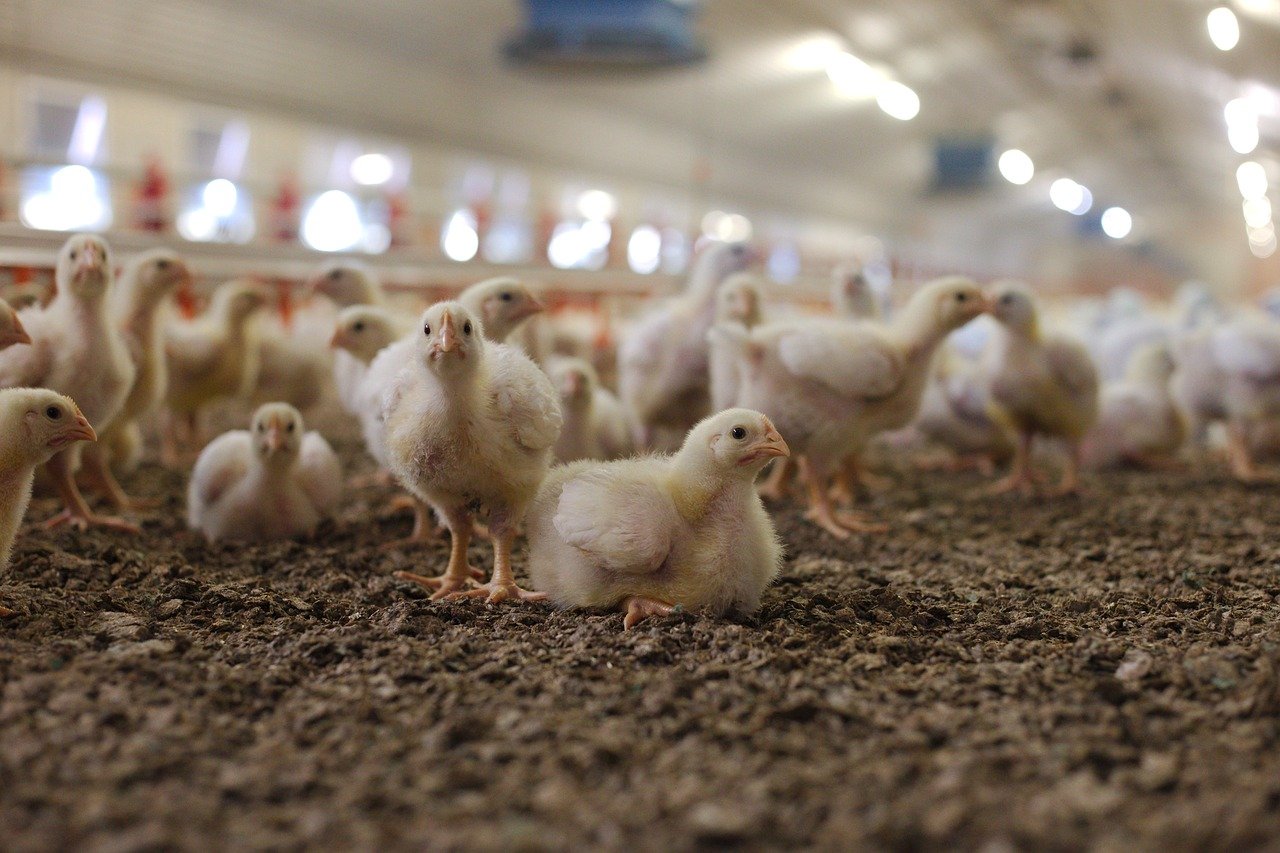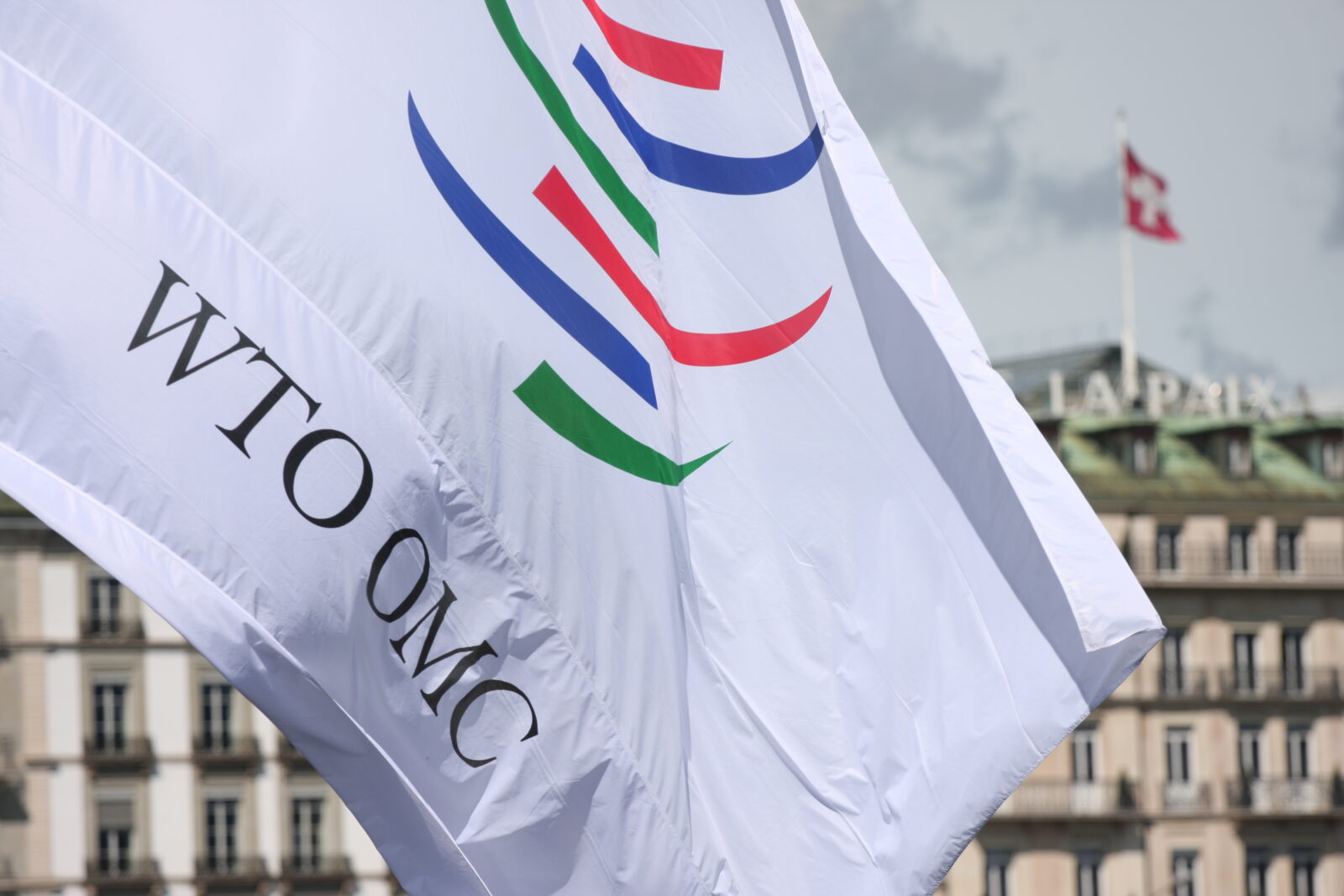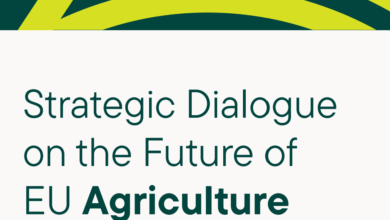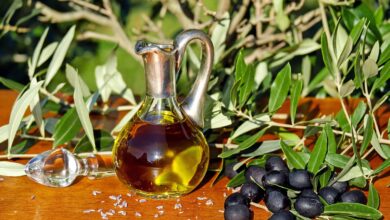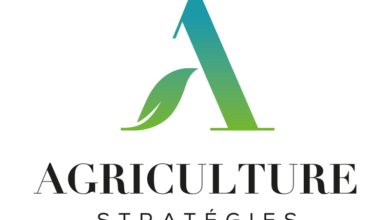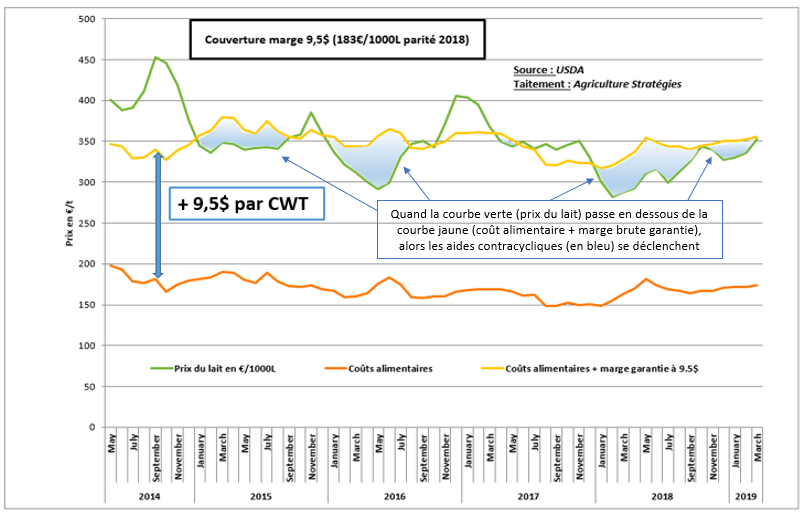
Download the PDF
American agricultural policy has just been reformed and dairy farmers have not been forgotten in this time of crisis. The counter-cyclical margin scheme introduced in 2014 has been considerably strengthened: the Dairy Margin Program (DMP) will offer farmers the possibility of benefiting from state aid as soon as the price of milk drops below about € 350 per tonne. This measure is particularly beneficial for farms with fewer than 200 cows, which account for 82% of farms but less than a quarter of US production. Contradicting a widespread idea, the DMP does not fall under the category of insurance but countercyclical aid: the funding is provided by the federal budget and the commitment premium paid by the farmer is low or symbolic.
The United States are known for their pragmatism and interventionism in agriculture. In the dairy sector, the Federal Milk Marketing Orders, which organize the collective marketing of milk through large production pooling, is one of the historic pillars of US agricultural policy. But, just like grain producers who have long benefited from counter-cyclical subsidies – that is to say, whose level varies with prices in order to guarantee a reference price – dairy farmers did not yet have such strong protection. It is now the case with the new 2018 Farm Bill that was voted last December. Renamed Dairy Margin Coverage (DMC) Program, this new support system reinforces the previous program (the DP-MPP for Dairy Producers – Margin Protection Program) which had not given satisfaction, mainly because of its lack of attractiveness: only 60% of American dairy farmers had used it and had opted for low levels of protection1.
The new program introduces two major changes that should contribute to its success especially for farms producing less than 5 million pounds per year – 2.26 million liters – that is to say the average production of 215 dairy cows2. The first is the lowering of the commitment premiums that farmers must pay to participate: being already low, they have become symbolic (less than 1% of the guaranteed value). The second is the possibility of increasing coverage. Previously, farmers could choose a minimum gross margin level of between $4 and $8 per cwt (ie between €77 and €154 per ton), with the DMC program they can now raise the guaranteed gross margin level to $9.5 per cwt, which is about €182 per ton3. Thus, by adding this level of guaranteed gross margin to the current feed cost of around €168 per ton4, dairy farmers will receive aid that will fully offset price reductions strarting from €350 per ton. Enough to cover most of their production costs for the symbolic annual contribution of €2.9 per ton!
The graph below represents the different parameters of the new program with a minimum gross margin of $9.5 per cwt, or €182 per ton. When the price of milk (in green) is lower than the sum (in yellow) of the guaranteed gross margin and the feed costs (in orange), then the payments are triggered (the blue surfaces – represented here also over the period before the reform).
An advantage to farms with fewer than 215 cows
For larger farms, the DMC program will be less interesting. If they enjoyed the same levels of coverage for the production of their first 215 cows, the rest of their production will only be able to benefit from a maximum guaranteed price level of about €320 per ton in return for a commitment premium that is much more significant this time, starting at €34.9 per ton. While the 1953 farms with more than 1,000 cows account for only 4.9% of dairy farms but hold more than 55% of US dairy cows, the new scheme will result in financial transfers from large to small farms, even if producers choose not to suscribe their entire production in.
This is a reflection of the important political support enjoyed by family farms in the United States: their contribution to the vitality of rural communities is particularly emphasized, particularly in the north-east of the country, where they are very active. It also seems to pursue the objective of retaining the necessary know-how to maintain and develop the American production potential: the motivation of farmers ready to engage in a demanding production – in terms of skill, labor and capital – constitutes one of the main limiting factors of dairy development.
A counter-cyclical program and not private insurances
With the strengthening of the DMC program, it is expected that farmers will participate widely and for high levels of coverage. The commitment period begins on June 17, 2019, but the program will be retroactive to January 1, 2019: we already know that in the first months subscribers will receive more than the requested contribution. In addition, farmers who participated in the previous version will be able to claim a refund if they had paid more than they collected. Lastly, a rebate of 25% will be offered to farmers who commit today for the next 5 years.
It is therefore a counter-cyclical program managed and financed by the federal government and not an insurance program as some fake news propagators claim. While farmers have the choice between different levels of coverage, the commitment premiums remain low or even symbolic for holders of fewer than 215 cows.
A reform likely to put an end to the debate on the control of supply?
If it appeared with a lag of two years compared to the European Union, the current overproduction crisis now affects American farmers. This market downturn was not foreign to the return of a debate on the need for a better management of milk supply in the United States6. Indeed, the lack of response of the dairy supply to lower prices is no longer in need of proof. Moreover, the United States have an important history since the beginning of the 1980s with respect to measures emanating from the federal level or cooperatives – for example the Cooperatives Working Together program – to accompany temporary reductions in production, as recalled in a recent article by John Newton, the chief economist of the Farm Bureau agricultural union. And, this same logic prevails in the 28 productions organized in marketing boards like the cranberry sector where it was decided to remove a quarter of the last crop to get the market out of its slump.
In the end, the strengthening of the DMC program must undoubtedly be seen as a means of responding to the demands of the agricultural unions in the north-east of the United States, where the farms are still predominantly family-owned, while at the same time avoiding limiting the American production potential and its growing exports.
Frédéric Courleux, Director of studies for Agriculture Strategies
Willy Olsommer, Student at AgroSup Dijon
1 See the American Congress’ research service’s report : https://crsreports.congress.gov/product/pdf/IF/IF11188
2 See the summary made by A. Novakovic and M. Stephenson : https://dairymarkets.org/PubPod/Pubs/BP18-02.pdf
3 Cwt = hundredweight. The $/€ exchange rate is the 2018 annual average : 1,18 $ for 1 €.
4 The feed cost isn’t calculated with data from each farm but is a generic formula including maize, soy and alfalfa prices.
6 See the campaign https://www.dairytogether.com/





